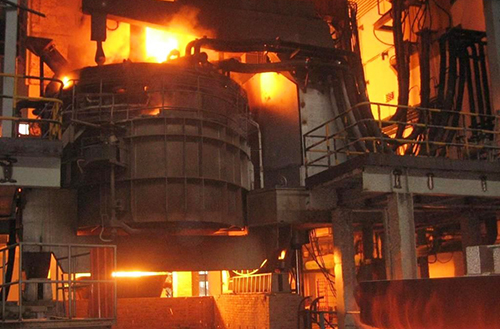What is the binder for carbon electrodes?
The binder used for carbon electrodes typically depends on the specific application and manufacturing process. Carbon electrodes are commonly used in various industries, including the production of batteries, fuel cells, and electrolysis cells. The choice of binder can affect the performance and properties of the carbon electrode.
Some common binders used for carbon electrodes include:
Polyvinylidene fluoride (PVDF): PVDF is a popular binder for carbon electrodes, especially in battery applications. It provides good adhesion and stability in electrolyte solutions. PVDF is often used in lithium-ion battery electrodes.
Polymeric binders: Various other polymeric binders can be used, such as polyethylene oxide (PEO), carboxymethyl cellulose (CMC), and polyacrylic acid (PAA). These binders can help improve electrode mechanical strength and stability.

Styrene-butadiene rubber (SBR): SBR is used in some carbon electrodes, particularly in applications like zinc-carbon batteries. It helps improve the electrode’s mechanical properties and adhesion.
Phenolic resins: Phenolic resins can be used as binders in some high-temperature applications. They provide good heat resistance and can withstand harsh operating conditions.
Pitch: In certain specialized applications, coal tar pitch can be used as a binder for carbon electrodes. Pitch-based electrodes are typically used in high-temperature applications such as aluminum smelting.
The choice of binder depends on factors like the operating environment, electrode composition, and desired performance characteristics. It’s essential to select a binder that is compatible with the intended application and can provide the necessary adhesion, conductivity, and stability for the carbon electrodes.





